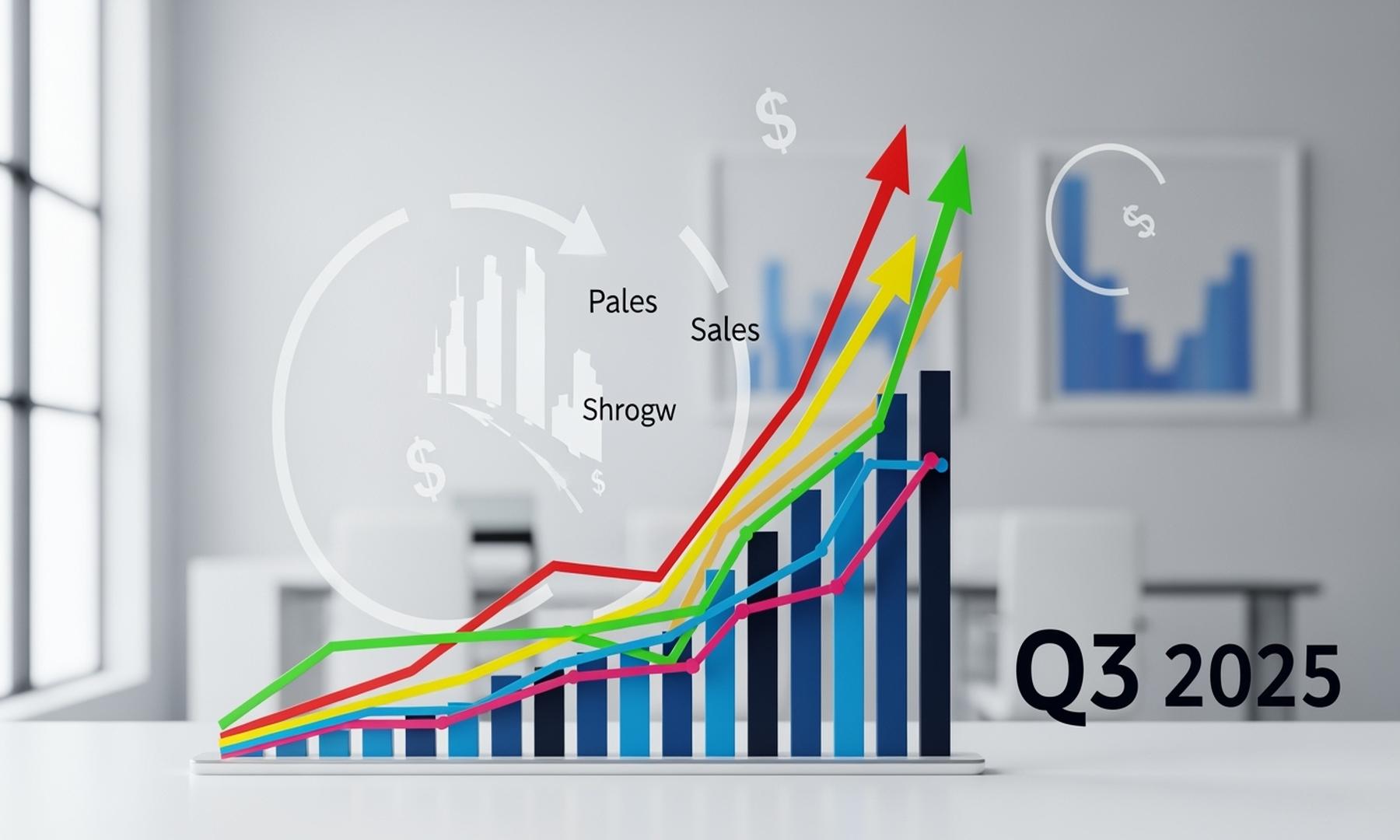What's Happening?
According to a Reuters poll of 11 analysts, the U.S. soybean harvest was nearly three-quarters complete by Sunday, with corn harvesting also progressing despite showers interrupting field work in the eastern Corn Belt. Farmers are harvesting the largest
U.S. corn crop in history alongside a bumper soy crop. Analysts estimated the soybean crop was 73% harvested and the corn harvest was 59% complete. The U.S. Department of Agriculture has not released a crop progress report since September 29 due to the ongoing government shutdown, leaving farmers and traders without key crop data. A year ago, the USDA reported the soybean harvest was 81% complete, the fastest pace in 14 years, and the corn harvest was 65% complete, a three-year high.
Why It's Important?
The lack of USDA crop progress reports due to the government shutdown poses challenges for farmers and traders who rely on this data for decision-making. The current harvest progress indicates a significant yield, which could impact market prices and supply chains. The situation underscores the importance of timely government data in agricultural planning and market stability. The ongoing shutdown may lead to increased uncertainty in the agricultural sector, affecting economic stakeholders and potentially influencing commodity prices.
What's Next?
Farmers will continue harvesting the U.S. corn and soybean crops, while analysts and traders monitor progress through alternative data sources. The government shutdown's resolution could restore the regular release of USDA reports, providing crucial information for market participants. Stakeholders may advocate for contingency plans to ensure data availability during future disruptions. The completion of the harvest will likely influence market dynamics, with potential impacts on pricing and export strategies.
Beyond the Headlines
The government shutdown highlights broader issues of political governance and its impact on critical sectors like agriculture. The reliance on government data for market stability raises questions about the need for diversified data sources and contingency planning. The situation may prompt discussions on the role of government in supporting agricultural industries and ensuring resilience against political disruptions.















